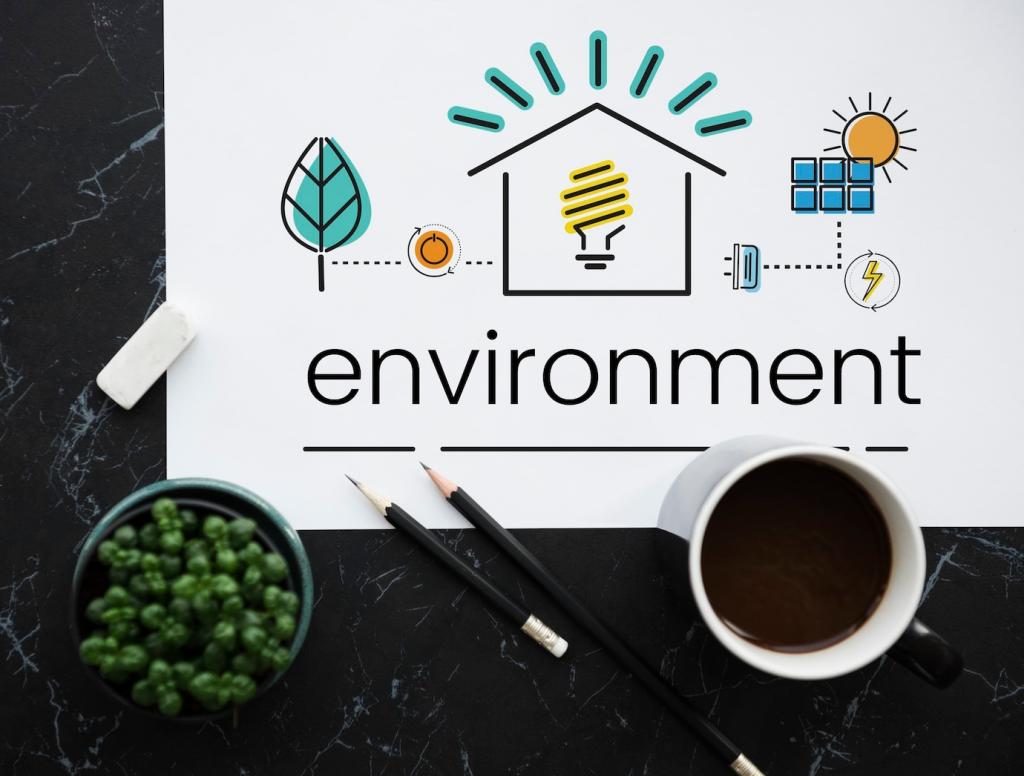Preserving your favorite furniture doesn’t have to involve harsh chemicals or expensive professional treatments. Embracing eco-friendly, do-it-yourself solutions ensures your beloved pieces last longer while being gentle on the environment. This guide explores accessible and sustainable preservation methods that keep your furniture looking its best, all within the comfort of your home. By choosing green approaches, you reduce your ecological footprint and foster a healthier indoor environment for your family.
Natural Cleaning Techniques

Wooden surfaces require careful attention to maintain their glow and prevent cracking or warping. A common DIY solution involves mixing equal parts olive oil and white vinegar. This blend cleans away grime while also nourishing the wood, leaving behind a gentle sheen. The acidity of vinegar lifts dirt, while the oil conditions the grain. Applying with a soft cloth, in the direction of the grain, ensures optimal absorption and minimizes streaks. Fresh lemon juice can also be added for natural antibacterial properties and a citrusy scent. Avoid over-saturating to prevent buildup, and always test a small, inconspicuous area first to check compatibility.
Homemade Polishes and Protectants
01
Beeswax Wood Polish Creation
Beeswax offers a natural barrier against moisture and dust for wood furniture. To create a DIY polish, melt beeswax with a carrier oil such as olive or coconut oil, allowing the mixture to cool and solidify. When applied with a soft cloth, the blend fills minor imperfections and enhances wood grain. The beeswax not only imparts a subtle gloss but also locks in moisture, giving wood a rejuvenated look. This green solution avoids the toxins often found in commercial polishes and can be safely reapplied whenever surfaces look dull or dry.
02
Citrus-Infused Surface Sprays
Leveraging the natural cleaning power and fresh scent of citrus, homemade sprays offer a light protective layer for various surfaces. By steeping citrus peels in white vinegar for a couple of weeks, the vinegar extracts essential oils, creating an effective, eco-friendly solution. When strained and diluted, this spray can be misted onto hard surfaces and wiped clean, providing both cleanliness and a vibrant aroma. It’s suitable for sealed wood, laminate, and metal surfaces, though it should be avoided on unfinished or delicate surfaces to prevent potential etching.
03
DIY Fabric Protection Solutions
Fabric protectors are often saturated with chemicals, but homemade variations can safeguard upholstery with far fewer concerns. A simple solution of distilled water and a small amount of natural liquid soap sprayed lightly over textiles forms a basic barrier against spills and dirt. For added protection, some advocates infuse the solution with plant-based oils or essential oils, which can help repel light stains. Allow treated areas to air dry thoroughly. Such preparation not only helps resist everyday messes but also supports safer indoor air quality.
Sustainable Repair and Restoration Methods
When furniture shows signs of age or damage, upcycling is an eco-friendly way to refresh its appearance. This process often involves repurposing materials you already have, such as leftover fabric scraps to re-cover cushions or reclaimed wood for added structural support. Creative repairs also allow for personalization—try painting old wooden chairs with milk paint, which is biodegradable and low in harmful chemicals. Such transformations give old furniture new purpose and help reduce landfill waste, aligning perfectly with green living principles.
